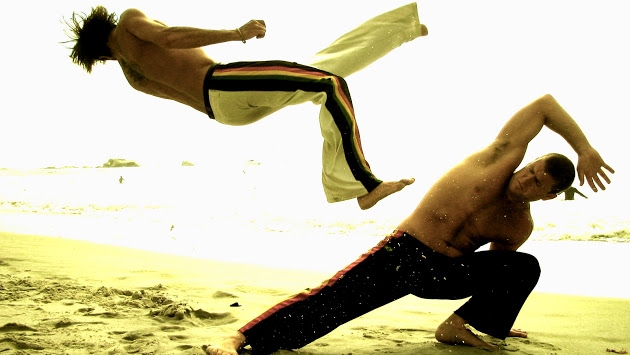"Martial arts are codified systems and traditions of combat practices, which are practiced for a number of good reasons like self-defense, law enforcements applications, military, mental and spiritual development, nation's entertainment as well as the preservation of nation's intangible assets."
Meanwhile, the term martial art has been associated with the Eastern Asia, it is originally associated with the combat system of Europe as early as the 1550's. the word is originated from Latin and means "arts of mars" or in Roman, "god of wars".
The martial arts professionals created mixed martial arts, but there's mo0re than martial arts than ultimate fighting karate, judo, tae kwon do. Here we are listing out selected fighting styles you probably won't be able to learn at local strip.
Bando
Bando style developed in Burma and influenced by Chinese and Indian martial art styles. Moves of Bando are based on animals such as Python, Scorpios, and Boars. Primarily it is a defensive art, Bando practitioners first let their opponents come to them and then respond with counter attacks.
Eskrima
It is also known as Arnis or Kali. It was declared the official sport of Philippines. Most of the history about the sport is anonymous, the only part we know is, this sport owes its existence to tribal warfare in the Philippine archipelago, Spanish conquistadores also wrote about fighting against Filipino tribesman armed with sticks and knives.
Kalarippayattu
Dating back to the millennia, history reveals, the Indian style Kalarippayattu is may be the oldest martial arts all over the world. It is traditionally taught in a Kalari-Tamil, a battlefield, which is enclosed with 21 by 42 foot, with an east facing entrance and seven-tiered platform, called Poothara in the southwest corner.
This fighting style has a close association with Ayurveda based Kalari treatment system.
Kuntao
Kuntao, the martial art form has been practiced by the Chinese community found throughout southeast Asia, this style has been kept hidden from the outsiders. But later half of the 20th century it became popular. Originally it is brought to the region by the immigrants from the southern China. Its traditional form is practiced by the students of Java and Sumatra on the Indonesian Island.
Tahtib
This form is mostly practiced in the northern region of Egypt, disciplined training is all well but using stick beating the opponent is the base of the style. Its full name is, "fan el NA Zaha wal tahr tib" which means, "the art of uprightness and honesty through the use of a stick."
Such martial art styles can't be practiced anywhere or by anyone. These styles are the most complicated and mastering states of the martial arts.













No Comments